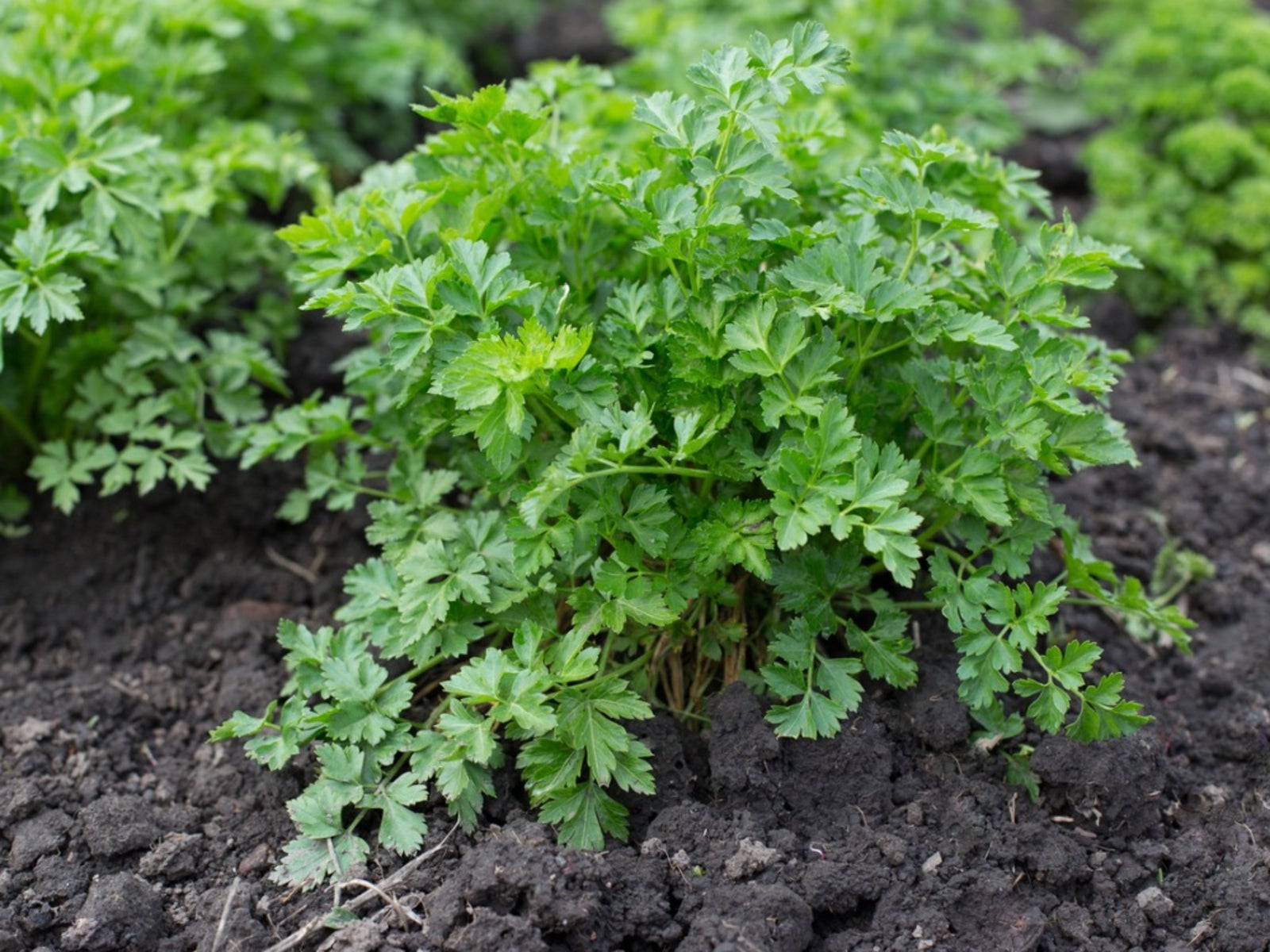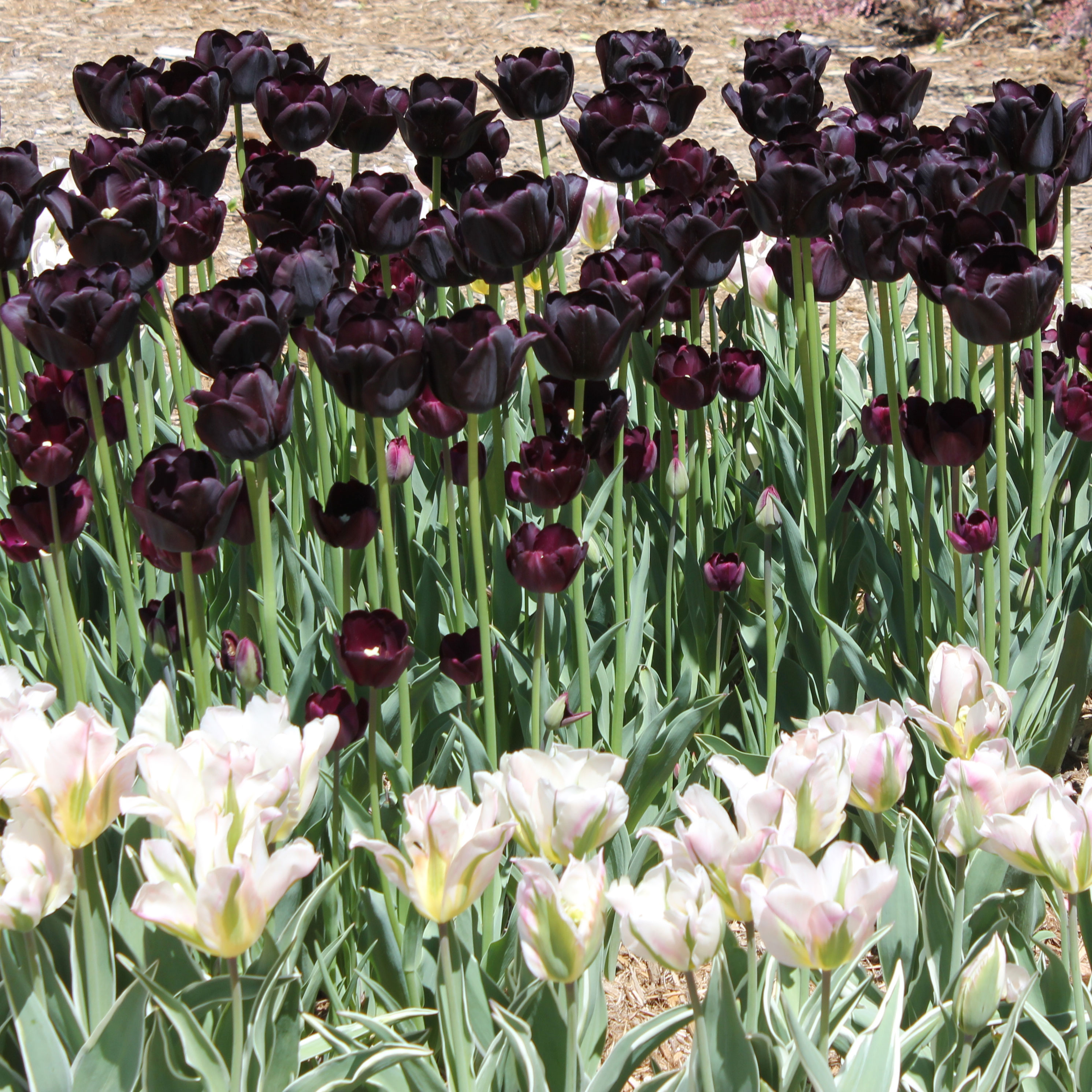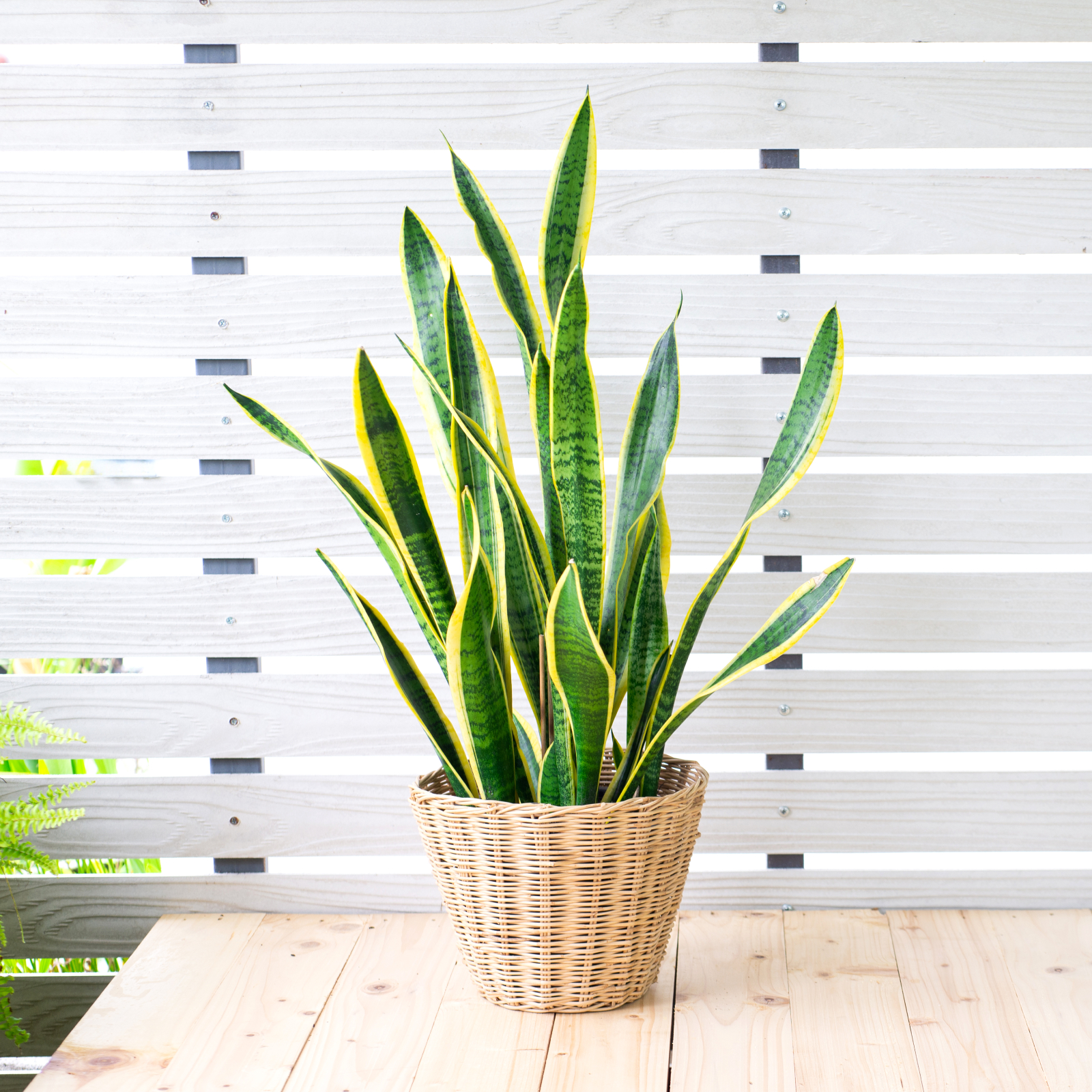Parsley Leaf Spot: What Causes Leaf Spot On Parsley Plants

Unlike hardy sage, rosemary, or thyme, cultivated parsley does seem to have its share of disease issues. Arguably, the most common of these are parsley leaf problems, usually involving spots on parsley. What causes leaf spots on parsley? Well, there are actually a number of reasons for parsley with leaf spots, but of these, there are two major parsley leaf spot diseases.
Parsley Leaf Spot Problems
One reason for parsley with leaf spots may be powdery mildew, a fungal disease fostered by low soil moisture along with high humidity. This disease starts on young leaves as blister-like lesions followed by curling leaves. The infected leaves then become covered with white to gray powdery mildew. Severely infected plants may suffer leaf drop, especially with young leaves. Low soil moisture combined with high humidity levels at the plant surface favor this disease. Spots on parsley leaves may also be caused by bacterial leaf spot, which manifests itself in different ways. In the case of parsley leaf spot resulting from bacterial leaf spot, angular tan to brown spots lacking mycelia growth or fungal structure appear either on the top, bottom, or edge of the leaf. Infected leaves may become papery and easily crushed. Older leaves are more likely than new ones to become infected. While both of these diseases are of some concern, they can be treated with copper fungicide at the first sign of infection. Also, plant resistant strains when possible and practice good garden sanitation.
Other Diseases that Cause Parsley with Leaf Spots
Septoria – An even more common leaf spot disease is septoria leaf spot, which is introduced via infected seed and may survive on infected dead or dried leaf detritus for several years. Early symptoms are small, depressed, angular tan to brown lesions often surrounded with red/brown margins. As the infection progresses, the interior of the lesion darkens and becomes dotted with black pycnidia. Neighboring, overwintered, or volunteer plants are also possible sources of infection. The disease is spread either during rainy periods of under overhead irrigation, through people or equipment moving through the wet plants. Spore growth and increase of infection is fostered by mild temps and high humidity. Stemphylium – More recently, another fungal leaf spot disease caused by Stemphylium vesicarium has been identified as afflicting parsley. More commonly, S. vesicarium is seen in garlic, leek, onion, asparagus, and alfalfa crops. This disease presents as small leaf spots, circular to oval in shape and yellow. The spots begin to enlarge and turn tan to dark brown with a yellow corona. In severe cases, the leaf spots merge together and the foliage yellows, dries and then dies. Usually, the disease attacks older foliage, but not exclusively. Like septoria leaf spot, it is introduced on infected seed and spread with splashing water from overhead irrigation or rainfall combined with activity around the plants. To control either of these diseases, use disease resistant seed when possible or seed that has been treated to reduce seed-borne diseases. Use drip irrigation rather than overhead. Rotate to non-host crops for at least four years in areas the disease has been present. Allow room between susceptible plants to allow for air circulation. Practice good garden sanitation and remove or deeply dig in any crop detritus. Also, allow the plants to dry from rain, watering, or dew before moving amongst them. Apply a fungicide according to the manufacturer’s instructions at the earliest sign of symptoms. Combine cultural controls and potassium bicarbonate to organically certified crops.
Gardening tips, videos, info and more delivered right to your inbox!
Sign up for the Gardening Know How newsletter today and receive a free copy of our e-book "How to Grow Delicious Tomatoes".

Amy Grant has been gardening for 30 years and writing for 15. A professional chef and caterer, Amy's area of expertise is culinary gardening.
-
 Moody Blooms For Spring: 8 Types Of Black Flowers To Add Drama To Spring Displays
Moody Blooms For Spring: 8 Types Of Black Flowers To Add Drama To Spring DisplaysFrom midnight burgundies to inky violets, several types of black flowers can enrich and embolden a spring display. Try these brooding bloomers for a moody garden
By Tonya Barnett
-
 Can Snake Plants Live Outside? Everything You Need To Know For Snake Plants Al Fresco
Can Snake Plants Live Outside? Everything You Need To Know For Snake Plants Al FrescoSnake plants can live outside given the right conditions, but be careful that they don't take over! Learn the best way to use snake plants in your landscape.
By Mary Ellen Ellis